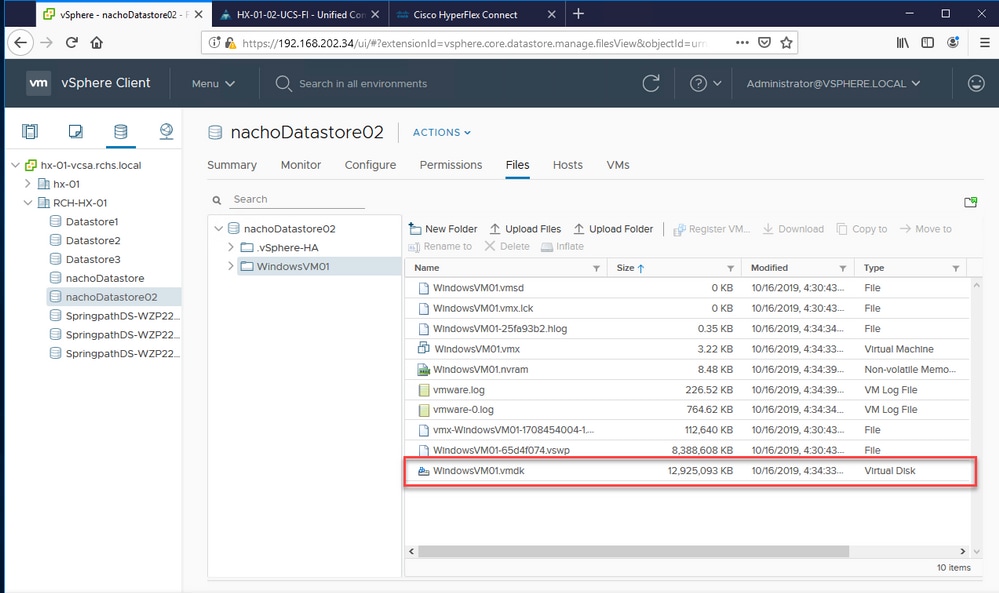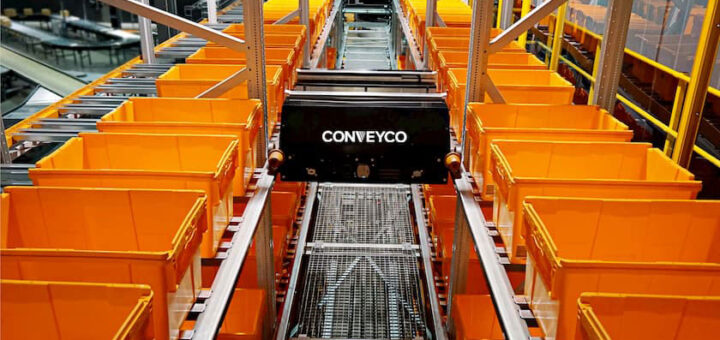



Also, because these bio-programmers control what materials enter their experiments, and their sequences do not need to be meticulously engineered to function within a living organism, there are fewer overhead costs compared to typical life science experiments. The rise of DNA data storage, previously the stuff of science fiction, is being made possible by advances in biotechnology, particularly improvements in high-throughput DNA sequencing and synthesis. This targeted approach is efficient because it involves only the desired sequence, rather than the entire dataset. Simulating random-access memory (RAM), a polymerase chain reaction (PCR, a common laboratory protocol for copying DNA) hones in on a targeted section of the sequence, which is then replicated, sequenced, decoded, and adjusted for errors to retrieve the original data. Two steps - “processing” and “decoding” - must occur. This genetic code is then synthesized into an actual molecule (with the help of Twist Bioscience for the Microsoft Research-UW team), and the “encoding” process is complete. Data is first translated from a code of 0s and 1s to As, Ts, Cs, and Gs. How does this technology work? It’s surprisingly simple. “We have the freedom to choose how to map bits to DNA sequences, creating redundancy and high tolerance to error when reading and writing DNA.” “The computational approaches facilitated by working with DNA make it an even more attractive option for data storage,” adds Ceze. “We’re trying to make computers better with a systematic approach that finds great alternatives and solutions in nature,” says Strauss. In addition to pioneering high-density data storage, Ceze and Strauss also conducted a similarity search between images using DNA, and recently created the first fully-automated, writing-to-reading DNA storage system. Improved techniques for reading and writing DNA, including an increase in the length of strands of DNA usable for these purposes, have facilitated the rapid increase in the amount of possible data storage in DNA. Writing “hello” with fully automated end-to-end DNA data storage and computing Storing and retrieving information with template-free polymerase OK Go Music Video, top 100 books in Project Gutenberg, and more Encoding 70 billion copies of Regenesis: How Synthetic Biology Will Reinvent Nature and Ourselves in DNA


 0 kommentar(er)
0 kommentar(er)
